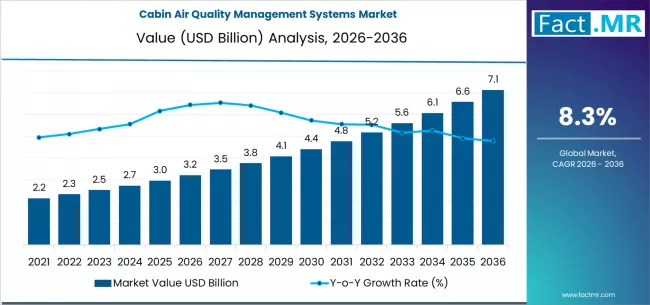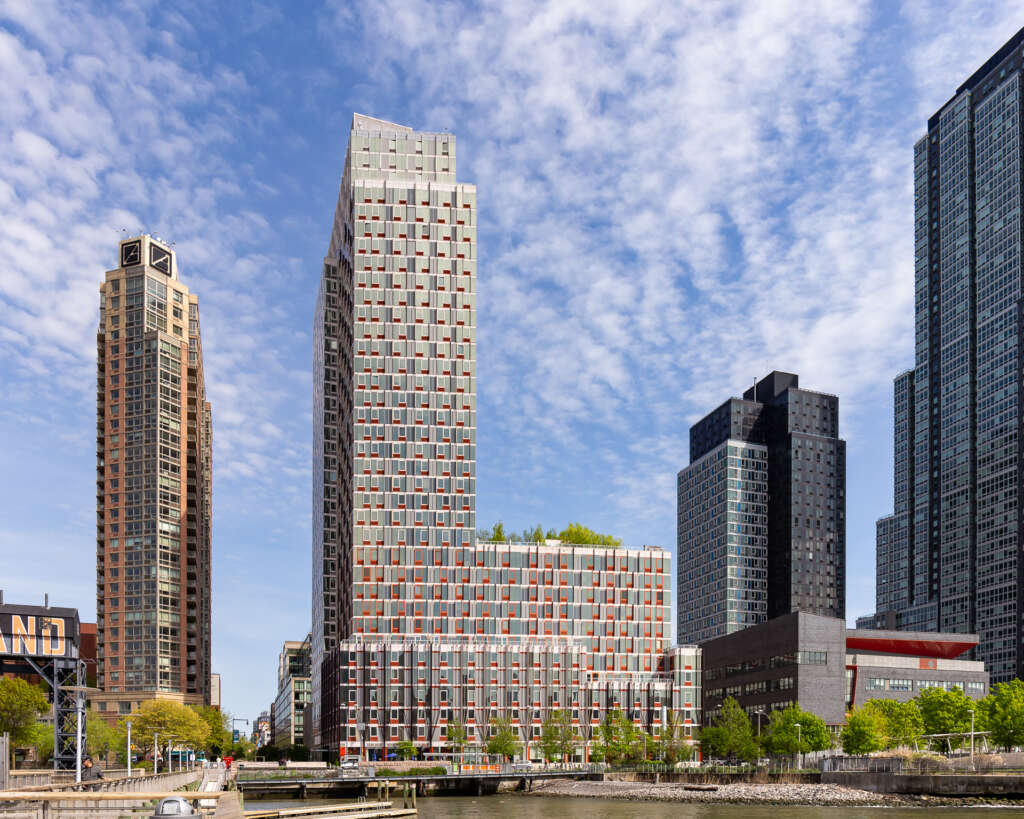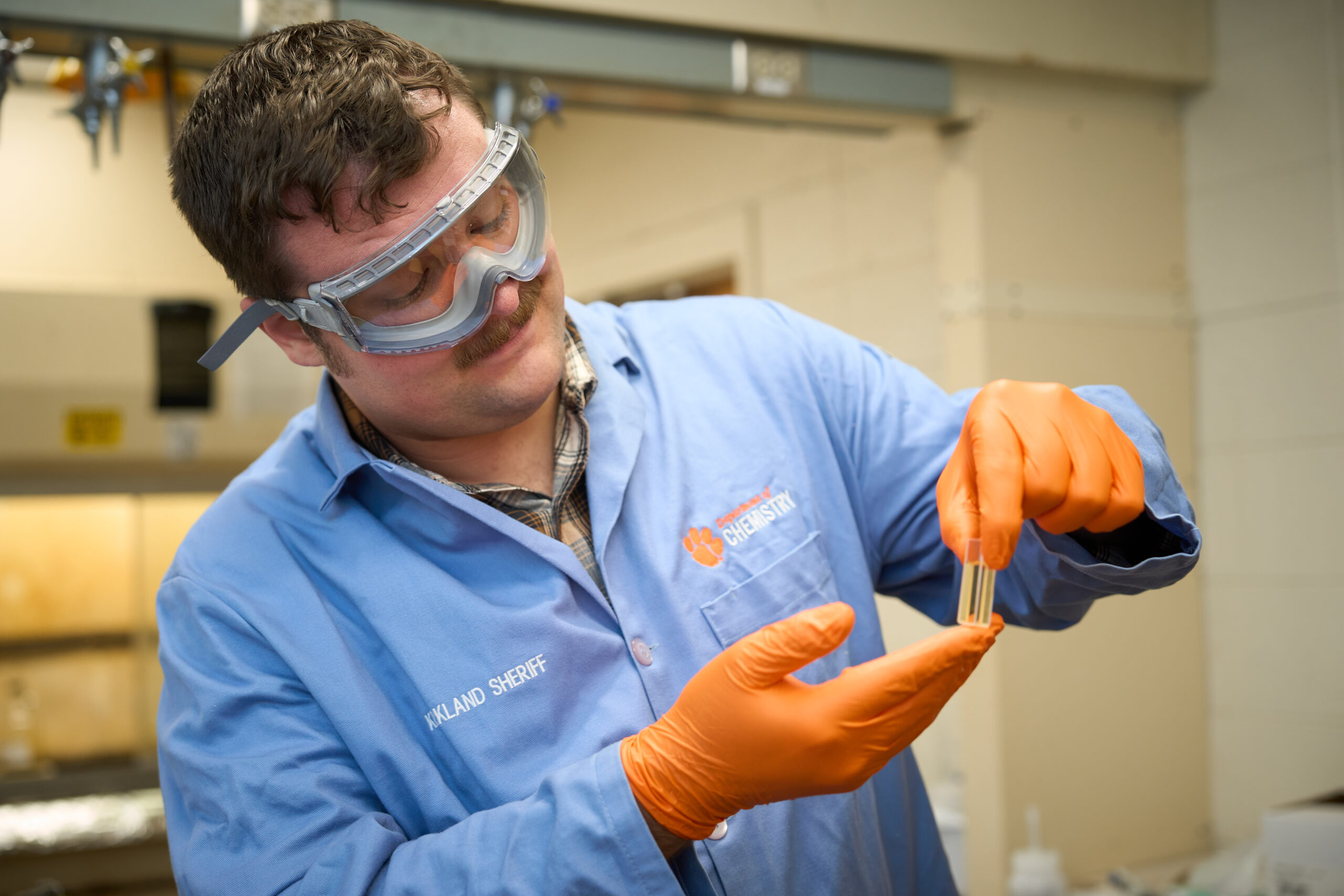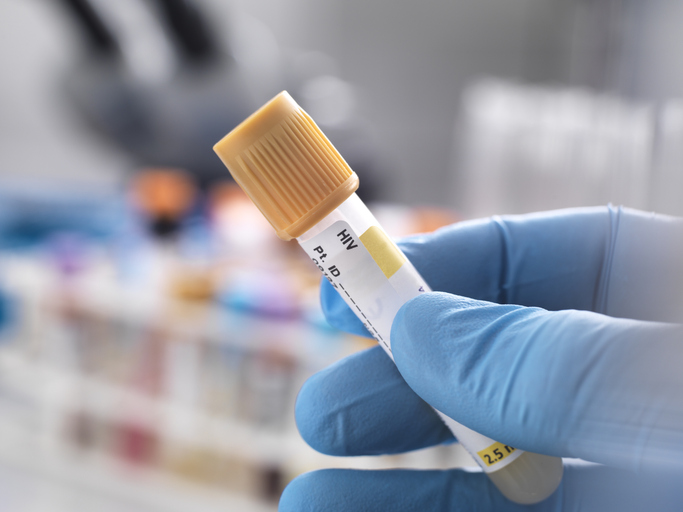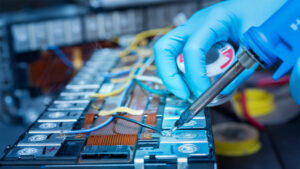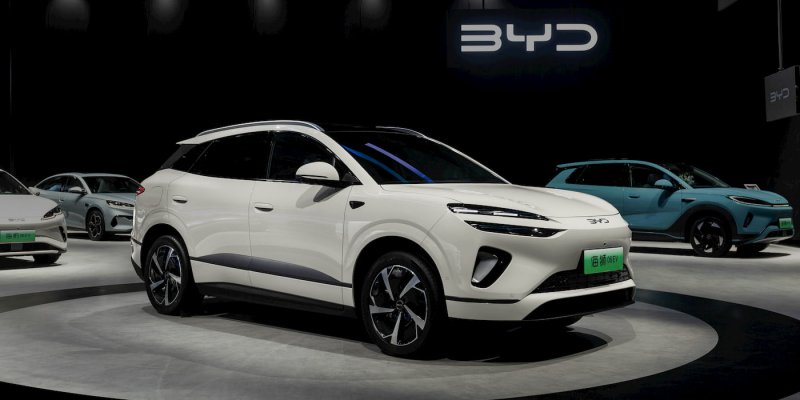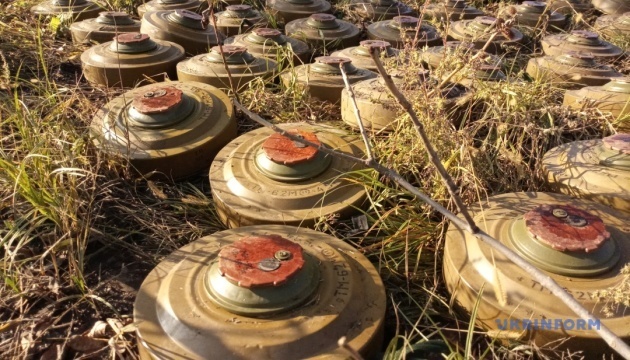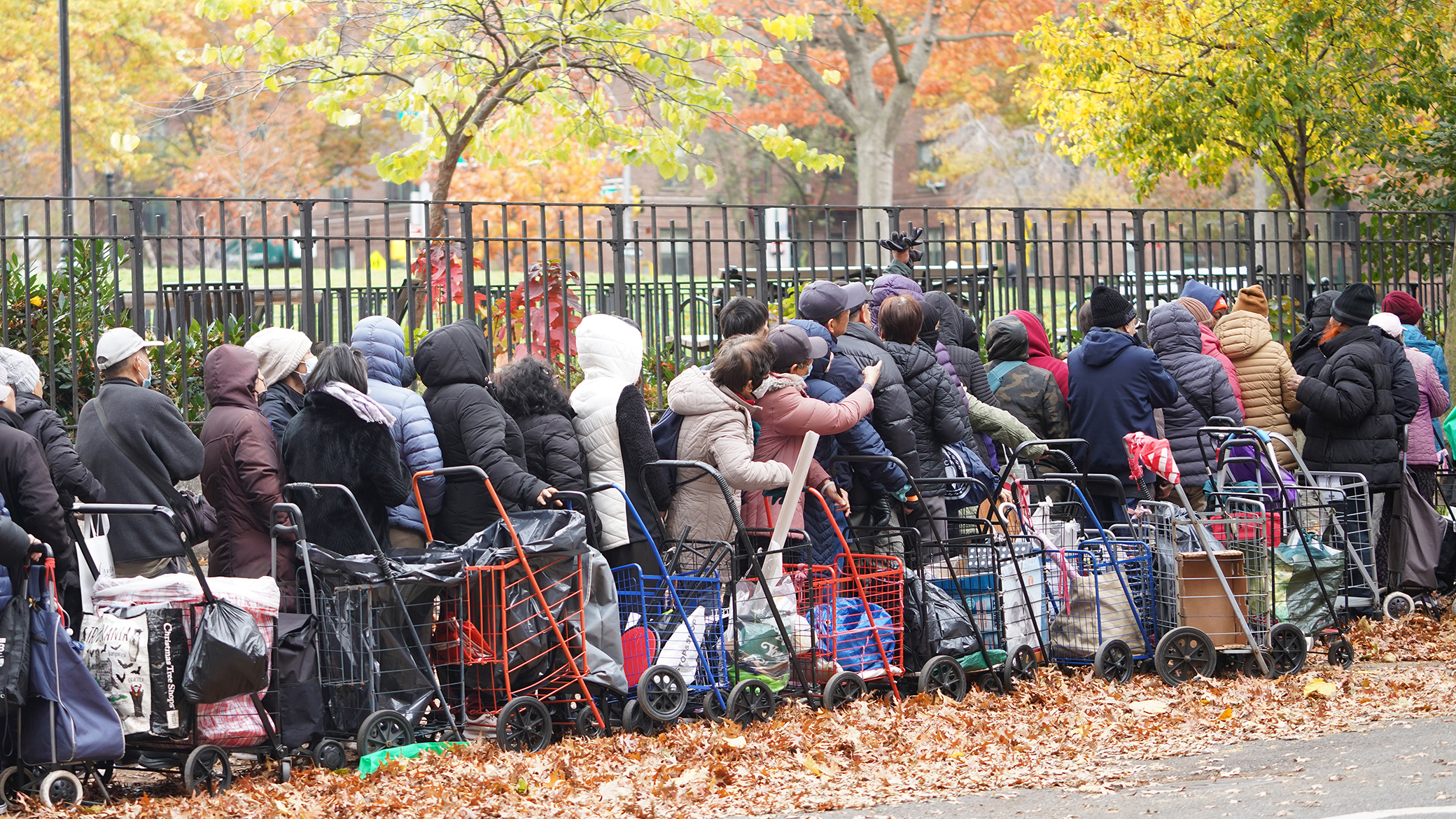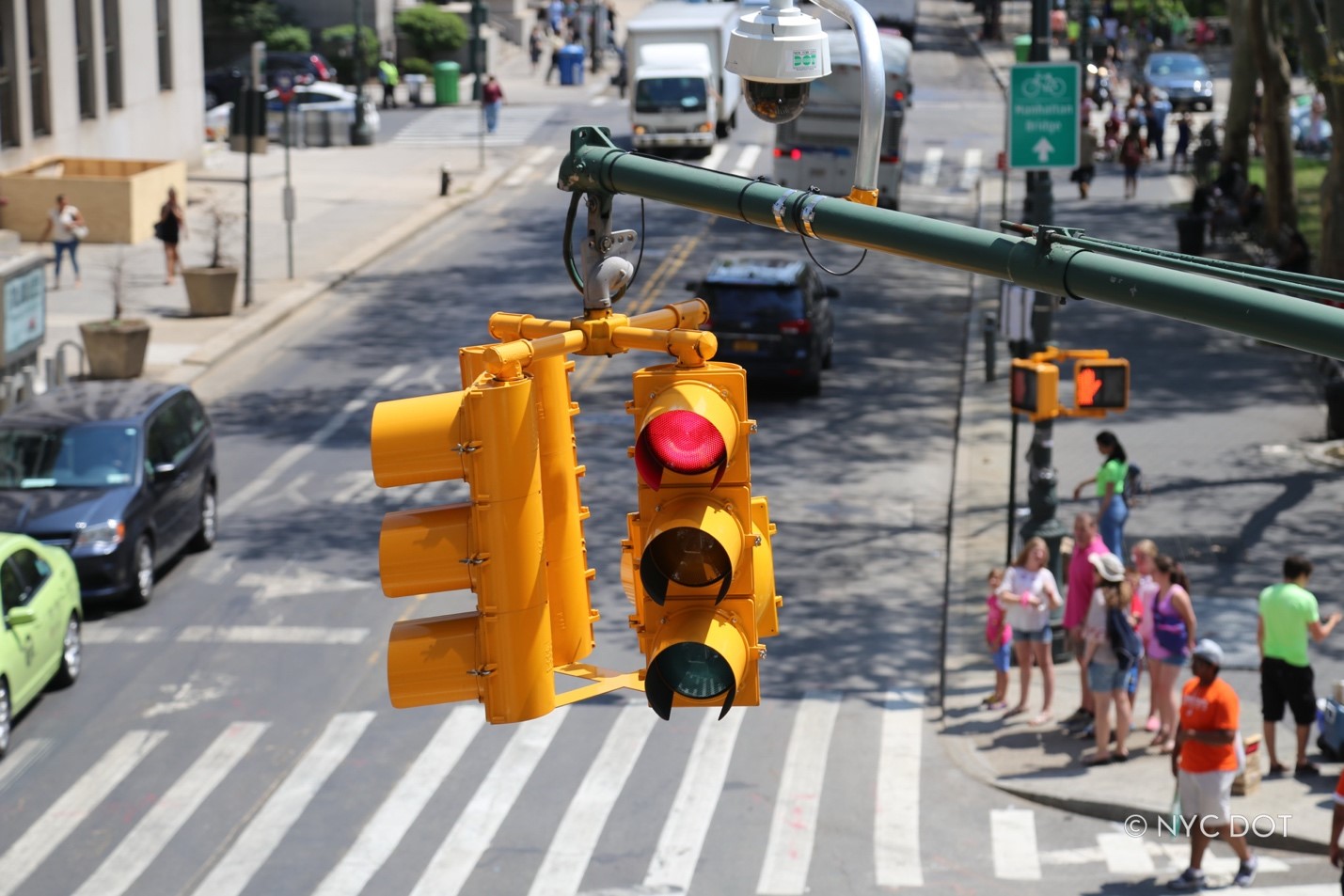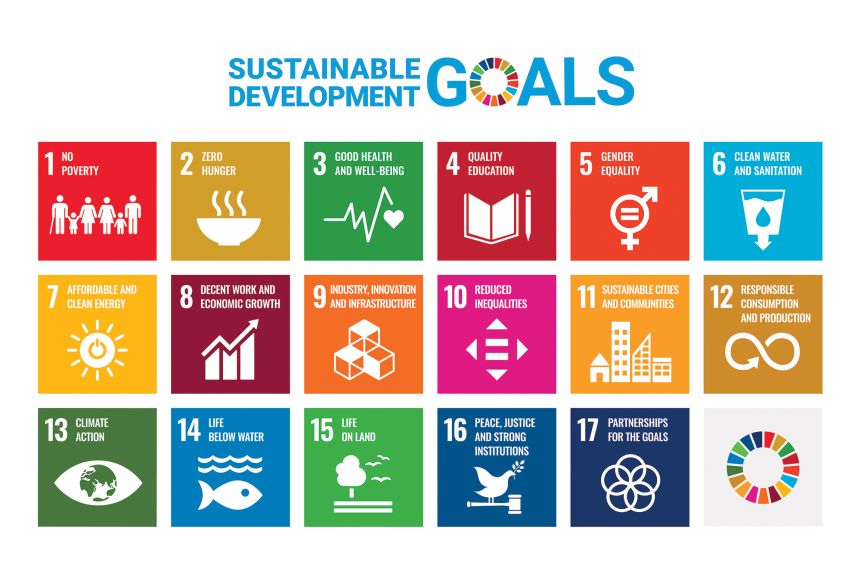The U.N. plan to improve the world by 2030 is failing. Does that make it a failure?
In this article discusses the halfway point evaluation of the United Nations Sustainable Development Goals (SDGs), a set of 17 global objectives aimed at addressing fundamental issues affecting humanity and the planet by 2030. Despite the ambitious nature of these goals, progress has been slow, with more than half of the measurable targets showing weak and insufficient advancement. Challenges such as the COVID-19 pandemic, geopolitical events, inflation, and climate-related disasters have impeded the SDG agenda. World leaders are now recommitting to the goals, seeking increased funding, stronger partnerships, and political will. Critics argue that the goals were overly ambitious, while advocates emphasize the importance of holding leaders accountable for their commitments. The SDGs, adopted in 2015, represent a shift in the U.N.'s approach to a more inclusive and globally relevant development agenda. Despite the current setbacks, supporters believe that the SDGs serve as a reminder of the potential for international cooperation and consensus on global challenges.

What if you made a self-improvement plan and failed to meet your goals.
Imagine that in a moment of unusual optimism and resolve, you decided that the only way you were ever going to be the healthy, happy and productive person you want to be was by writing down a detailed list of goals and committing to accomplish them in the next 15 years.
Now imagine that eight years later, more than halfway through your 15-year life improvement plan, not only are you way off track when it comes to accomplishing most of what you committed to, but in some cases you've even slid backward. Maybe you faced an unexpected illness. Maybe you suffered a crushing breakup. Maybe you got some bad financial advice. Maybe you just didn't try hard enough.
What would you conclude? Were your goals a waste of time or would you be even worse off today without them? Should you scrap your detailed plan or double down and try to make up for lost time?
That's about where 193 world leaders at the United Nations in New York find themselves this week as they take stock of the sobering state of the Sustainable Development Goals at their halfway point along the road to 2030.
Goals are born — then run into trouble
Adopted in 2015, these goals — the SDGs — were meant to plot a course to curing 17 of the most fundamental ills afflicting human society and the planet. The first goal — SDG 1 — calls for ending extreme poverty by 2030. The second goal pledges to end hunger and malnutrition. The other 15 range across human rights and aspirations like health, education, gender equality, peace and ocean conservation. (Note: The complete list of goals is at the end of this post.)
Each of the goals comes with a list of more specific targets for countries to achieve — 169 in total. Ending poverty, for example, is broken out into a list of seven different targets, including things like creating social protection systems, ensuring equal economic rights for men and women, and delivering reliable amounts of international aid to countries in need of assistance.
The SDGs replaced the Millennium Development Goals, which expired in 2015. The new goals offered a different approach and an even more ambitious vision that applied to every country in the world, not just the so-called "developing" ones.
Then came the COVID-19 pandemic, Russia's invasion of Ukraine, global inflation and debt distress, a food security crisis and worsening climate-related disasters — what many have called a "perfect storm" of challenges that have left the SDG agenda nearly underwater.
As of this year, progress on half of the 140 targets that the United Nations is able to measure has been "weak and insufficient," according to the U.N.'s latest progress report in 2023, while another 30% have either stalled or gone in reverse . If current trends continue, 575 million people will still be living in extreme poverty in 2030, 128.5 million children will still suffer from stunting — developmental issues that result from chronic undernutrition — and 84 million children and young people will still be out of school.
There are glimmers of hope — the global under-5 mortality rate fell by 12% between 2015 and 2021. But most of the SDGs are in some variation of a similar position: slow progress, hindered by a combination of insufficient action and setbacks brought on by unpredictable global crises.
"Unless we act now, the 2030 Agenda will become an epitaph for a world that might have been," U.N. Secretary General Antonio Guterres said earlier this year.
Moment of reckoning for the SDGs
Most world leaders have responded to the grim SDG picture by recommitting to the agenda and calling for more money, stronger partnerships and greater political will to get the goals back on track.
"Now is the moment to recommit to bold and transformative change, and to do this with urgency," Linda Thomas Greenfield, the U.S. Ambassador to the U.N., said last week.
Guterres has called for an "SDG Stimulus" plan to channel $500 billion a year toward sustainable development. The White House and other allies are working to reform the World Bank so that it can lend more money to countries for health, development and climate-related investments.
But with the agenda so far off track, and in a world facing problems that leaders could not have anticipated when they adopted the SDGs in 2015, this halfway point to 2030 is also a moment of reckoning. Are sweeping international commitments to make the world a better place actually helpful in making that a reality?
"It's getting ever less and less credible that this is really a useful approach to meeting goals," said New York University Professor William Easterly, a vocal critic of top-down development planning and an advocate for humbler approaches to solving problems of poverty.
"Maybe it's useful for some other things," he conceded, noting that he was encouraged by a shift away from paternalism, recognizing that development is something done by countries, not to countries.
Then again, maybe optimism is still possible
But according to SDG advocates, those "other things" should not be lightly brushed aside.
For one, it should be meaningful that 193 world leaders got together in 2015, agreed to a set of ambitious goals, and then failed to take meaningful action to achieve them.
"Blaming COVID or Russia invading Ukraine for why we're falling behind on the SDGs is not right," said Charles Kenny, a senior fellow at the Center for Global Development.
"The reason we're falling behind on the SDGs is they were massively, massively, massively ambitious. And while we might have had the technical ability to deliver on them, we didn't follow that up with a massively, massively, massively ambitious policy agenda at the national and global levels anywhere," Kenny said.
Even though it would be a "miracle" if the world were currently on track to achieve the goals, the world's most powerful people should not be let off the hook if they made a commitment to difficult goals but then failed to try very hard to achieve them, Kenny said.
"I think we need to hold them to account," he said.
The adoption of the SDGs also marked a turning point for the U.N., said Minh-Thu Pham, a nonresident scholar at the Carnegie Endowment for International Peace, who was closely involved in the agenda's creation.
What had been an anti-poverty agenda dominated by a handful of experts was transformed into a much more open, global conversation about what people everywhere need, not just to survive but to thrive. In the transition from the MDGs to the SDGs, a much broader range of voices took ownership of the agenda, and the mindset around development shifted from one of charity to one of common aspirations.
"It was an equity agenda from the very start," said Pham of the SDGs.
For those who were present at the creation of the SDGs, the goals are a badly needed reminder that international cooperation and consensus is possible. As a permanent member of the U.N. Security Council wages war against its European neighbor, it's almost impossible to fathom that just a few years ago every U.N. member state was able to agree on what kind of world they wanted and what it might take to get there.
"You don't have to think too deeply to recognize that there was a moment of unity," Pham said. "If you're looking for a path to getting back on track for global trust between governments, between people and their governments, the SDGs remind us of that."
In other words, maybe the only thing worse than failing to achieve the SDGs would be failing to ask how we once believed they might be possible.
The United Nations Sustainable Development Goals (SDGs) to achieve by 2030:
-
Goal 1: End poverty in all its forms everywhere
-
Goal 2: End hunger, achieve food security and improved nutrition and promote sustainable agriculture
-
Goal 3: Ensure healthy lives and promote well-being for all at all ages
-
Goal 4: Ensure inclusive and equitable quality education and promote lifelong learning opportunities for all
-
Goal 5: Achieve gender equality and empower all women and girls
-
Goal 6: Ensure availability and sustainable management of water and sanitation for all
-
Goal 7: Ensure access to affordable, reliable, sustainable and modern energy for all
-
Goal 8: Promote sustained, inclusive and sustainable economic growth, full and productive employment and decent work for all
-
Goal 9: Build resilient infrastructure, promote inclusive and sustainable industrialization and foster innovation
-
Goal 10: Reduce inequality within and among countries
-
Goal 11: Make cities and human settlements inclusive, safe, resilient and sustainable
-
Goal 12: Ensure sustainable consumption and production patterns
-
Goal 13: Take urgent action to combat climate change and its impacts
-
Goal 14: Conserve and sustainably use the oceans, seas and marine resources for sustainable development
-
Goal 15: Protect, restore and promote sustainable use of terrestrial ecosystems, sustainably manage forests, combat desertification, and halt and reverse land degradation and halt biodiversity loss
-
Goal 16: Promote peaceful and inclusive societies for sustainable development, provide access to justice for all and build effective, accountable and inclusive institutions at all levels
-
Goal 17: Strengthen the means of implementation and revitalize the Global Partnership for Sustainable Development
What is Your Reaction?
 Like
0
Like
0
 Dislike
0
Dislike
0
 Love
1
Love
1
 Funny
0
Funny
0
 Angry
0
Angry
0
 Sad
0
Sad
0
 Wow
0
Wow
0

